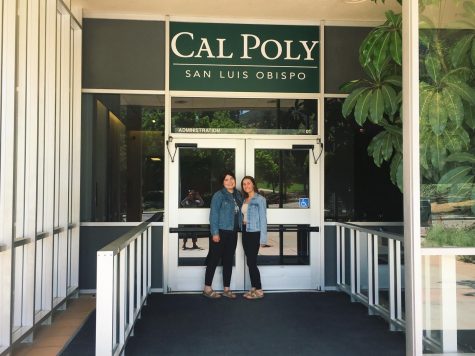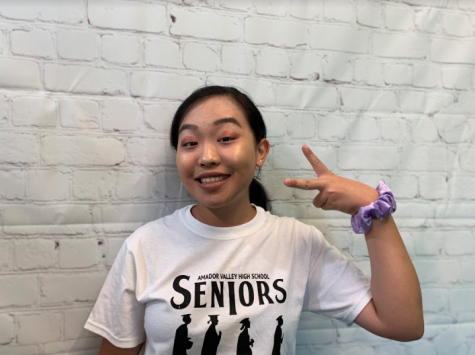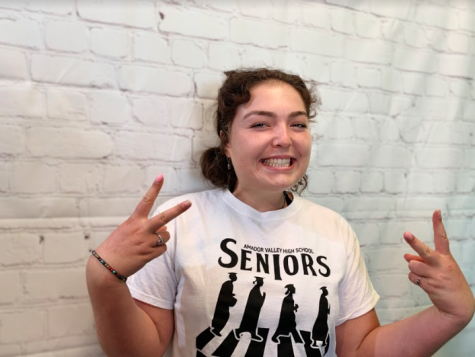CSU colleges move fall term classes online while others plan for in-person instruction
Many CSU colleges have large student bodies; in the 2019 fall semester, Chico state had about 17,000 students.
May 25, 2020
On Tuesday May 12th, Chancellor Timothy Chite of California State University announced that this fall, the nation’s largest four-year college system is planning to cancel most in-person classes. Instead, all 23 campuses will offer online classes to students.
The current decision has considered the health and safety of students and faculty, as well as financial constraints.
Huge student populations on campuses allow for quick spreading of the already infectious disease. The crowdedness of CSU colleges can be dangerous, and it is the primary factor for online learning instruction.
“I wouldn’t have chosen a different school now, because I agree that online classes are probably the best option for us right now,” said Victoria Hartig (‘20), who will attend CSUF this fall.
This announcement may have been disappointing for the many students who decided to go to a CSU school— even though it’s for their best interests, they are missing out on a typical university experience. However, many Amador seniors who committed to these schools don’t regret their college decision.
“I wouldn’t have chosen another school because Cal Poly was my dream school and I wouldn’t give that up just for an extra couple months of school. I do hope I get to go on campus in fall but if it’s not safe then I’d rather wait!” said Ella Lindstrom (‘20).
Also confident in his college decision is Andrew Laksana (‘20).
“I think I would have kept my decision on going to San Diego State University. Despite this whole pandemic, I do my best to be optimistic and keep my hopes up for my fall semester at SDSU even though we may be having online classes. I really fell in love with San Diego when I visited family many times, and I’ve always wanted to attend school there. SDSU has always been one of my top choices. San Diego in general is more my vibe in a way. It suits me the best,” said Laksana (‘20).
The reality is that school will be different this fall, and universities are prepared for change. There will be financial strains, but the institutions are still functioning. Students have tools to virtually attend lectures and submit assignments— online learning is feasible.
Most CSU colleges have the benefit of being commuter schools. Many students live at home, so there shouldn’t be a huge shock when students don’t stay on campus.
However, on-campus instruction is critical to the prosperity of colleges like University of Oregon, Purdue, and Notre Dame.
Some campuses are the main source of money for their communities, and they are trying whatever they can to make on-campus instruction possible. They’re even attempting to shorten the semester by cancelling fall break and sending students home at Thanksgiving.

This plan will allow universities to avoid another wave of infections. If there is a second wave in the winter, the semester will be over.
Classes can finish and students can stay at home when they most need to.
There would also be limited traveling because there won’t be a fall break; less back-and-forth will lower spreading of the disease and, ultimately, students’ risks of infection.
UC schools, on the other hand, are meeting in the middle— campuses will remain open, but some classes will be offered online.
Courses like nursing or engineering require a lot of in-person instruction, and this option allows for that. Even if it’s not as much as before, there will be in-person classes.
“Though having hybrid classes isn’t the most desirable situation, I’m happy that there’s still the option of having in-person classes and going to campus. I’m glad that the UCs are taking these measures to ensure the safety of their students while still giving us the opportunity to be on campus,” said Claire Shao (‘20), who will attend UC Berkeley in the fall.
Other schools, like University of Washington are also planning to offer a mix of in-person and remote instruction. There will be classes taught on campus, but students will have to practice social distancing while the virus is still prevalent.
“Ideally, I’d like to be able to go to class in-person, but that’s unlikely with the current situation. I think having some classes online makes sense because safety comes first,” said Archita Singh (‘20).
There are so many different approaches that colleges can adopt. COVID-19 is an extreme situation, and universities are trying to adjust in the best ways possible for classes, communities, and most of all, the students.









